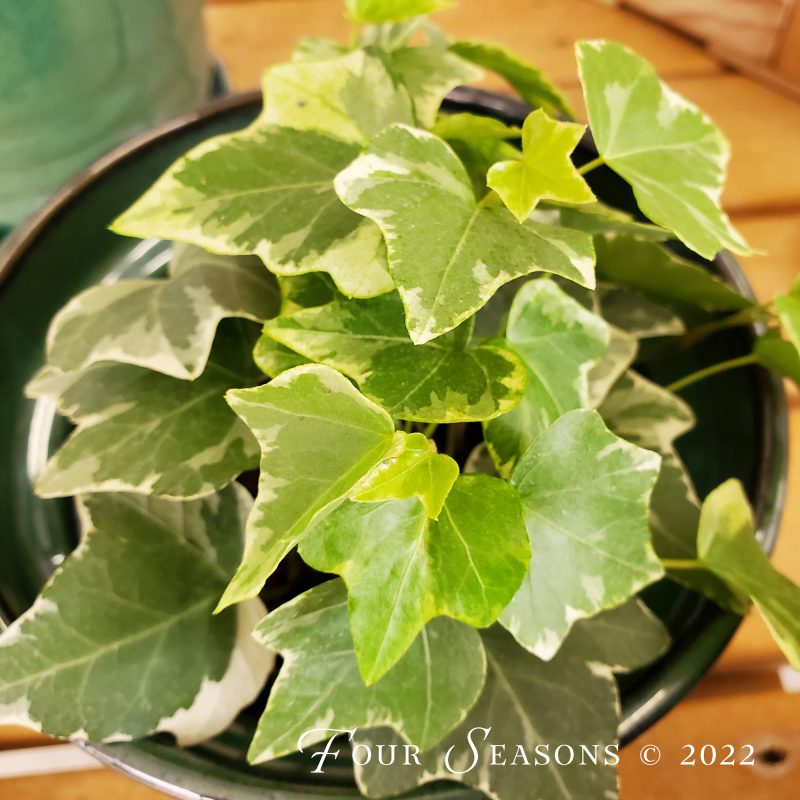About two weeks after I had my son, we had another friend who had a baby so we went into the hospital to visit. I remember walking up to the nurses station, putting our baby carrier on the counter and telling them that I wanted to make a return because obviously we’d forgotten to get the instruction manual! If you’ve recently adopted a new houseplant, you may be feeling a little bit the same way with lots of questions about how to care for your new babies.
You’ll want to keep your babies warm so watch for is temperature fluctuations. Most houseplants are classified as “tropicals” so if you have your plants in south facing windows where it’s warm and sunny all day but then the temperature drops drastically at night, they may not thrive. Locating them in a place where the temperatures stay fairly constant is the best choice. Most plants prefer a place where the temperatures are 65-75 degrees during the day and stay above 50 degrees at night. If you have single pane glass in your windows, it will also be helpful to keep them back from the windows about a foot in order to keep them out of drafts.
Watch your watering since most houseplants don’t need nearly the amount of water that you might think and you already have the best moisture meter – it’s your finger! Poke down into the soil about an inch or two and when it’s dry at that level, then it’s time to water. Plants like cacti and succulents need virtually no water during winter months because many of them go entirely dormant. Overwatering these plants leads to root rot which can kill the plant.
When you water, fill your watering can and let it sit to come to room temperature or use slightly warm water to do the job. This will help alleviate shocking the roots. If you have things like African violets, orchids, or anything else blooming and tropical, always use warm water for them.
Since most houseplants prefer humidity in the 50% range and our dry air here in Southwestern Colorado often hovers far below that, helping to raise the humidity is helpful in keeping your plants happy. You can do this by setting them on top of a saucer of pebbles with water in it. Moving a humidifier close to your houseplants will help also. Misting is often mentioned but it really doesn’t do much good as the water that you spray on the leaves often evaporates before the plant is able to absorb it.
Keep them green and thriving with an occasional feeding with all purpose fertilizer at half strength, especially once the days begin to lengthen. Be sure to scout for pests and diseases often and we like Bonide’s Systemic Houseplant Insect Control as a general preventative control. These granules are simply applied on top of the soil, then when you water, they dissolve and are absorbed by the roots of the plant to work their way through the capillary system to provide protection against aphids, whiteflies, fungus gnats, and more. You may find that rotating your plants when you water them will help them to grow more evenly.
If you’re feeling a bit overwhelmed, please don’t, because help and advice is always available. Simply snap a photo on your phone and take it to your nearest garden center where they’ll be happy to help and make recommendations. I’m happy to report that despite the lack of an included instruction manual, my son not only survived, but thrived and your houseplants will too!

